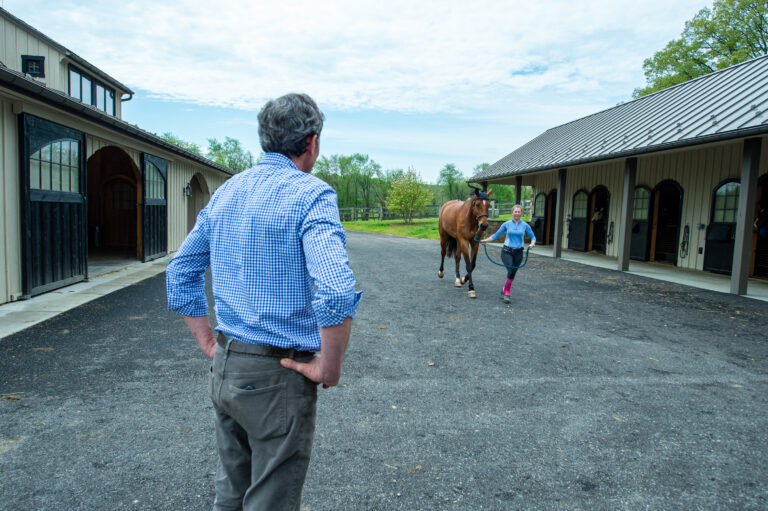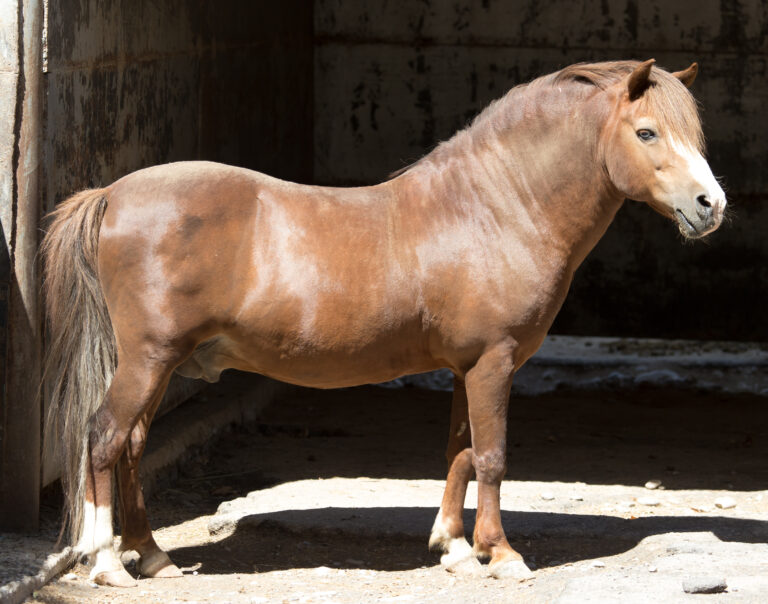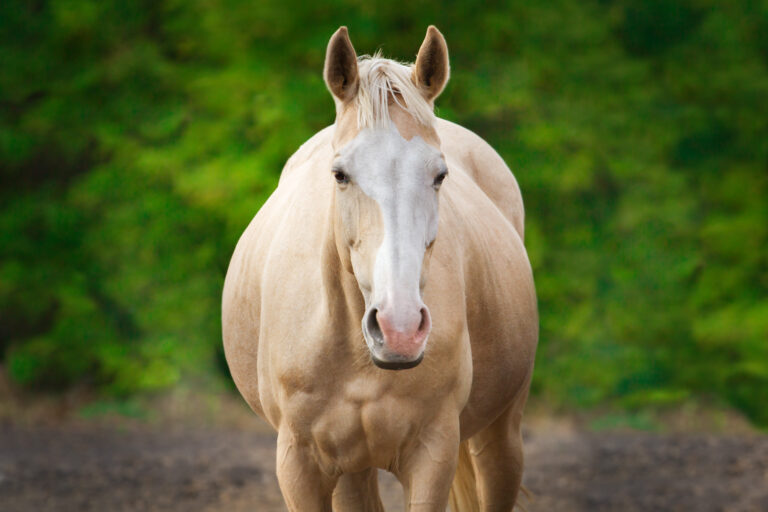
Equine athletes undergo considerable stressors even prior to competition. This is especially due to transport over significant distances to a venue. Horses that compete in long-duration sports, like endurance riding, are particularly at risk for dehydration and loss of electrolytes before and during competition. A study of horses competing in the July 2016 Tevis Cup 100-Mile One-Day Western States Trail Ride evaluated the status of horses prior to and during competition. The study aimed to determine transport effects on endurance horses. More specifically, it looked at how transport to the venue might affect their ability to compete successfully.
Participating Horses
Researchers obtained blood samples on 19 equine participants in the Tevis Cup ride at different time points: a) at 3-5 days prior to transport; b) at check-in the day before the ride; c) 1-2 hours prior to the ride start; d) approximately at mile 9; and e) approximately at mile 34. They also noted distance transported to the event, which ranged between 65 – 255 miles from home. The lab values they looked at included PCV, plasma sodium, potassium, chloride, BN, glucose, bicarbonate, and total protein. The researchers made comparisons at different time points and between finishers and non-finishers.
Four horses fell out of the study for numerous reasons, leaving 15 horses for full assessment. Of these, 12 (63%) completed the ride while 7 did not. For the competition as a whole, 87 of 165 (53%) finished.
Horses that are less experienced with travel and the hubbub of competition sites may back off food and water intake. This can be contributory to success or failure of ride completion.
Results
Despite significant differences in plasma sodium, potassium and BUN between the start of the ride and the two collection points (miles 9 and 35) during the ride, the most notable variable that affected finishing versus not finishing was the bicarbonate concentration at the 9-mile mark. Finishers had a mean bicarbonate concentration of 29.1 mmol/L compared to non-finishers with a mean value of 26.2 mmol/L. Prior to the 9-mile blood collection point, the horses had a significant hill climb of about 0.4 miles.
The authors suggest: “Decreased bicarbonate concentration may represent a marker for horses that are having difficulty during a ride.” This study did not measure lactate. However, it could be a means of identifying stressed horses at risk of elimination, particularly if taken after a hill climb.
Horses with an increase in plasma sodium of 5 mmol/L subsequent to transport experience at least 4 liters fluid loss. A previous study noted that horses with elevated sodium levels prior to the ride start did not finish. However, this current study did not corroborate that same relationship. BUN also increased significantly following transport and prior to the pre-ride check, likely due to dehydration. Total protein did not change significantly. PCV is often affected by stress and splenic contraction. So, it might vary between horses relative to how well they cope with changing conditions.
Plasma potassium concentrations increased significantly between the pre-ride check-in and competition start. This is possibly due to riders supplementing their horses with electrolytes prior to start of the ride, a common practice. By 35 miles, potassium was markedly decreased compared to just before the start, likely due to sweat losses during competition. Loss of serum potassium has been associated with risk of failure to complete and/or with metabolic problems in endurance athletes.
Recommendations for Mitigating Effects of Transport on Endurance Horses
Riders might help mitigate transport effects on endurance horses by bringing them to the ride site 3-4 days prior to the competition to enable electrolytes and body fluid to stabilize to baseline. Medical treatment of intravenous fluids as a means to restore fluid and electrolyte losses after transport and within the days prior to competition is not allowed in endurance sport. However, it might be applicable to other equestrian pursuits.
It is important to note that the horses in this study did not travel particularly far to the Tevis Cup (65 – 255 miles). Many horses that attend this competition come to California from throughout the United States and Canada, clocking up to 3100 miles to the venue. Typically, those traveling such great distances come to the area earlier to allow ample time for recovery from long-distance transport.
The authors conclude: “The present study confirmed our hypothesis that significant changes in electrolyte concentrations can occur in endurance horses prior to the start of a competition. Changes were identified both during the transport period and when horses were stabled overnight before the event. Additionally, a lower bicarbonate concentration following a steep climb during the competition was associated with later elimination.”
Reference
Fielding CL and Magdesian KG. Changes in electrolyte concentrations and hydration status in endurance horses following transport and an overnight stay prior to competition. American Journal of Veterinary Research Dec 2021, vol. 82 # 12
Related Reading
- Supplement to Prevent Leaky Gut Syndrome in Traveling Horses
- Stress and Immune Responses of Young and Aged Horses After Trailering
Stay in the know! Sign up for EquiManagement’s FREE weekly newsletters to get the latest equine research, disease alerts, and vet practice updates delivered straight to your inbox.

![[Aggregator] Downloaded image for imported item #18711](https://s3.amazonaws.com/wp-s3-equimanagement.com/wp-content/uploads/2025/10/20105749/EDCC-Unbranded-14-scaled-1-768x512.jpeg)


